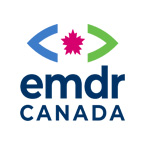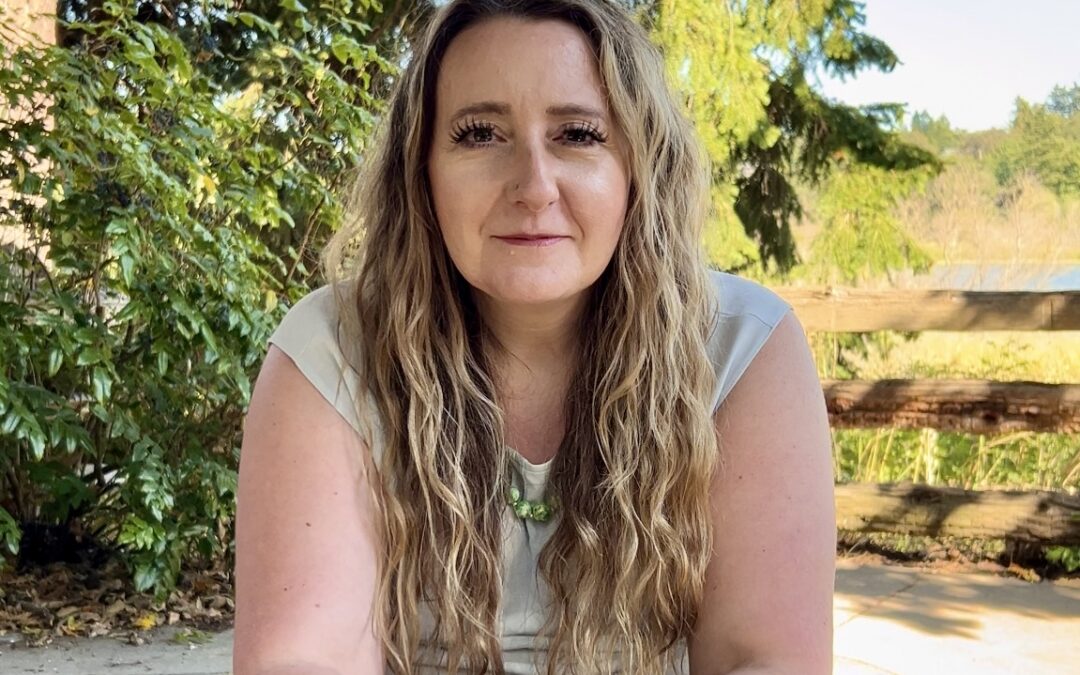Clinical neuropsychologist Dr. Colette Smart, an Associate Professor of Psychology at the University of Victoria in British Columbia, has been working with people with cognitive impairments for twenty years. Her emerging research into EMDR’s efficacy for people with acquired brain injury offers hope to a population that has become familiar with closed doors and shrugging shoulders.
“For a long time there was a conception in the field, in mental health in general, that people with acquired brain injury couldn’t really benefit from therapy because of their cognitive impairment,” Dr. Smart says.
Dr. Smart joined the growing number of professionals practicing EMDR six years ago. She quickly became impressed by EMDR’s potential to support people with acquired brain injuries and other cognitive impairments, as well as people with traumatic stress following chronic and catastrophic medical illness.
She hopes her work will add to the evidence and clinical experiences that will help these often overlooked clients, and that EMDR, in particular, will be looked into further as a viable pathway for treating trauma following an acquired brain injury.
Why is EMDR so promising for people with acquired brain injury?
Along with her research work at the University of Victoria in British Columbia, Dr. Smart treats people directly and has seen a range of therapeutic approaches work, depending on the individual. She sees EMDR as a critical tool that can help people with specific types of challenges, including complex trauma and medical PTSD (i.e., the traumatic stress that can occur after a major medical event or diagnosis).
Based on her research and clinical experience, Dr. Smart notes a few reasons that EMDR could be a particularly effective tool for people with acquired brain injury:
- Accessibility: People with cognitive impairments can often struggle with CBT, since it requires a lot of reflection, abstract thinking, and expressing thoughts in words. EMDR, by contrast, does not require these complex cognitive functions but works in a more “bottom-up” way using body sensations, feelings, and images as an entry point to the trauma.
- Relationship between the mind and body: Before starting EMDR, Dr. Smart says her clients would often say things like “I can change my thinking all day long, but my body is not cooperating.” EMDR has the potential to address this issue in a unique, highly effective, and oftentimes more gentle way.
- Applications in treating medical PTSD: EMDR has promise in treating medical PTSD, a common and little-researched category of PTSD that is frequently faced by people with acquired brain injury as well as other major medical diagnoses such as cardiac arrest, cancer, and Intensive Care Unit stays.
- Applications in treating complex trauma and adverse childhood experiences: The relationship between medical PTSD and complex trauma is something Dr. Smart is actively studying. She notes that individuals with complex trauma may have particular challenges in practicing self-compassion, co-regulation, and other skills critical to coping with acquired brain injury. EMDR – particularly attachment-focused EMDR – can be a tool that could help them sort through traumatic experiences or beliefs that may be impacting their ability to cope with the injury and go on to live a fulfilling life.
As a researcher, Dr. Smart’s optimism about EMDR for this population is tempered by several questions.
“We need basic science research on mechanisms of action. We want to know, is there a certain point or severity of brain injury after which EMDR is not going to be helpful?
Also, one of the prevailing theories on how EMDR works is through working memory overload and memory reconsolidation. Given that many people with acquired brain injury already have impairments in their working memory, one of the things I mentioned in my paper was, does that actually make the treatment easier, or does it make it harder?”
How can we answer these questions? Collect more data, says Dr. Smart. She advocates for more clinical trials and well-designed case studies to better understand the strengths and limitations of EMDR in these instances.
“It would be great if there were more people out there who work with this population who would be open to doing EMDR so we could collect more data on the efficacy.”
Dr. Smart hopes her research and experience will encourage others in the field to consider adding EMDR to their toolkit to help people with acquired brain injury.
Tips for EMDR therapists working with clients who have acquired brain injury
As a leading researcher in treating people with ABI and chronic/catastrophic medical illness,, we were eager to hear Dr. Smart’s advice on how to approach EMDR therapy with clients who have acquired brain injury.
“For this population, there can be a sense that just the world feels like chaos. It doesn’t make sense. My brain isn’t processing things in the way it used to, things are not clicking, things are not adding up. So, we need to do whatever we can do to reduce the sense of chaos and create safety and stabilization. Just like we do with PTSD.”
This feeling of chaos is not restricted to people with acquired brain injury, she notes, and can result from any type of trauma. For this reason, the care and consideration one would take in helping a person with acquired brain injury is similar to what any EMDR client might need. Best practices include:
- Get consent at every turn. People with trauma have often had negative experiences where things were done “to” them rather than “with” them. For people with medical trauma, this loss of autonomy typically happens at the hands of a healthcare professional(s), which can make building trust with a therapist particularly daunting. It is therefore particularly important for EMDR therapists to explain everything that is happening in detail, talk through any concerns, and ensure clients have opportunities to consent (or not!) every step of the way.
- Build trust and a sense of safety. Following through on commitments, however small, is important to helping people feel safe and respected in EMDR therapy. Dr. Smart says that things like showing up on time for appointments and maintaining clear and transparent communication are small actions that can build a strong foundation over time.
- Maintain cultural flexibility. Dr. Smart notes that any EMDR therapist working in Canada will encounter clients from various cultures, and ensuring that culture is respected and incorporated into the EMDR process is critical to success. In particular, she highlights the work of Shelley Pompana Spear Chief and the importance of doing specific training before working with Indigenous clients, given the negative experiences many have had with the healthcare system, either directly or through intergenerational trauma.
Creating “a Life Worth Living” for People with Acquired Brain Injury
Marsha Linehan’s book, “A Life Worth Living,” has been a source of inspiration for Dr. Smart as she continues to research the realities facing people with acquired brain injury, medical PTSD, and complex PTSD.
“Yes, you might have a brain injury. Yes, you might be dealing with trauma. But that doesn’t get to define who you are. You’re a bigger person than that, and this is one piece of your story.”
EMDR Canada applauds Dr. Smart’s research and appreciates her participation in our community, including as a speaker at our 2024 EMDR Canada Conference. For more on this topic, we highly recommend reading her paper, “Eye movement desensitization and reprocessing for post-stroke post-traumatic stress disorder: Case report using the three-phase approach.”

